Architectural and Commissioned work
I love working to commission and for public art settings because I can make things for a larger public, both in content and location. My work aims to be colourful and uplifting, and I have enjoyed working in diverse places, including hospitals, housing estates and other public settings.
My work in ceramics is suitable for indoor and outdoor settings. My work is suitable for entrance areas, gardens, murals, paving, in fact anywhere a durable, tactile and colourful surface is required. I am committed to creating art that is fit for its purpose, relates well to its location, and is seen as an asset by the people for whom it is created
Developing a design is a dialogue between the client and me. Good consultation is the key to a successful commission, and I try to include the people who will own the work in the process of creating it, through consultation sessions, presentations and practical workshops. With many of my commissions I have worked as part of a team with other professionals such as architects, landscape designers and building contractors.






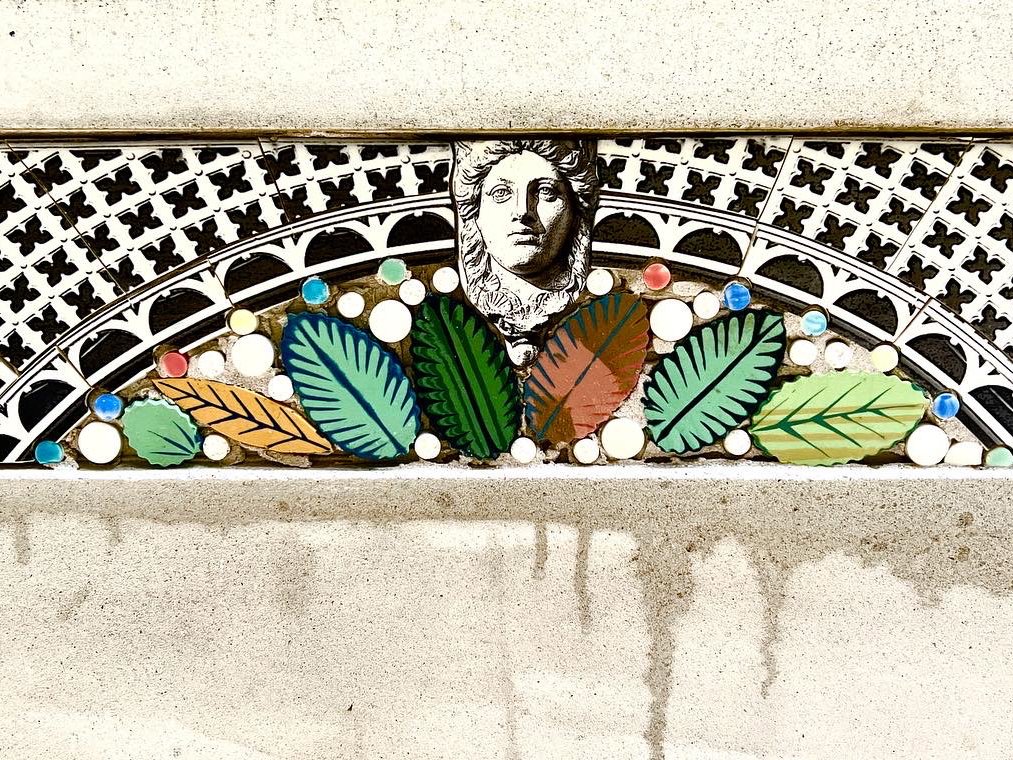






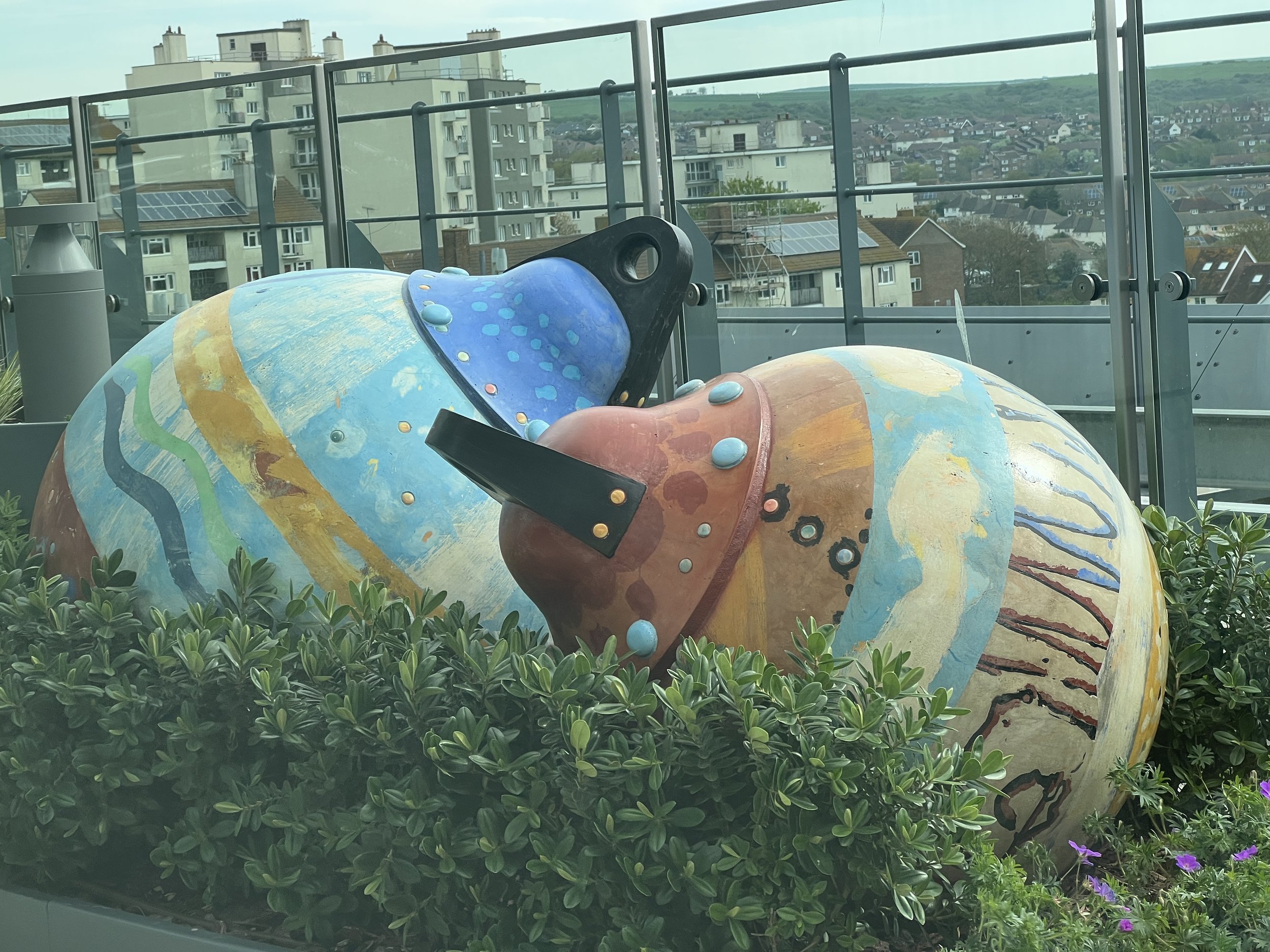
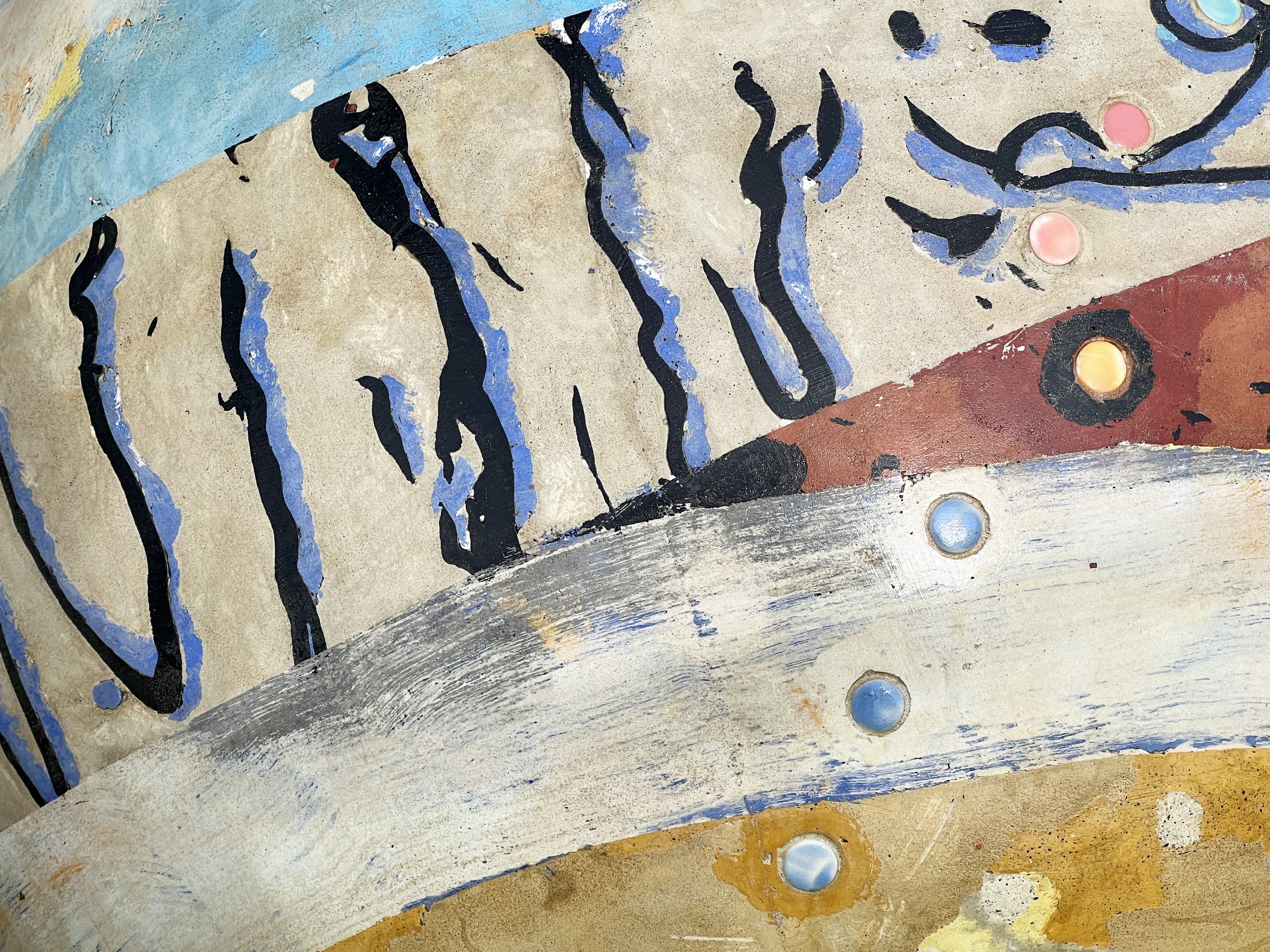
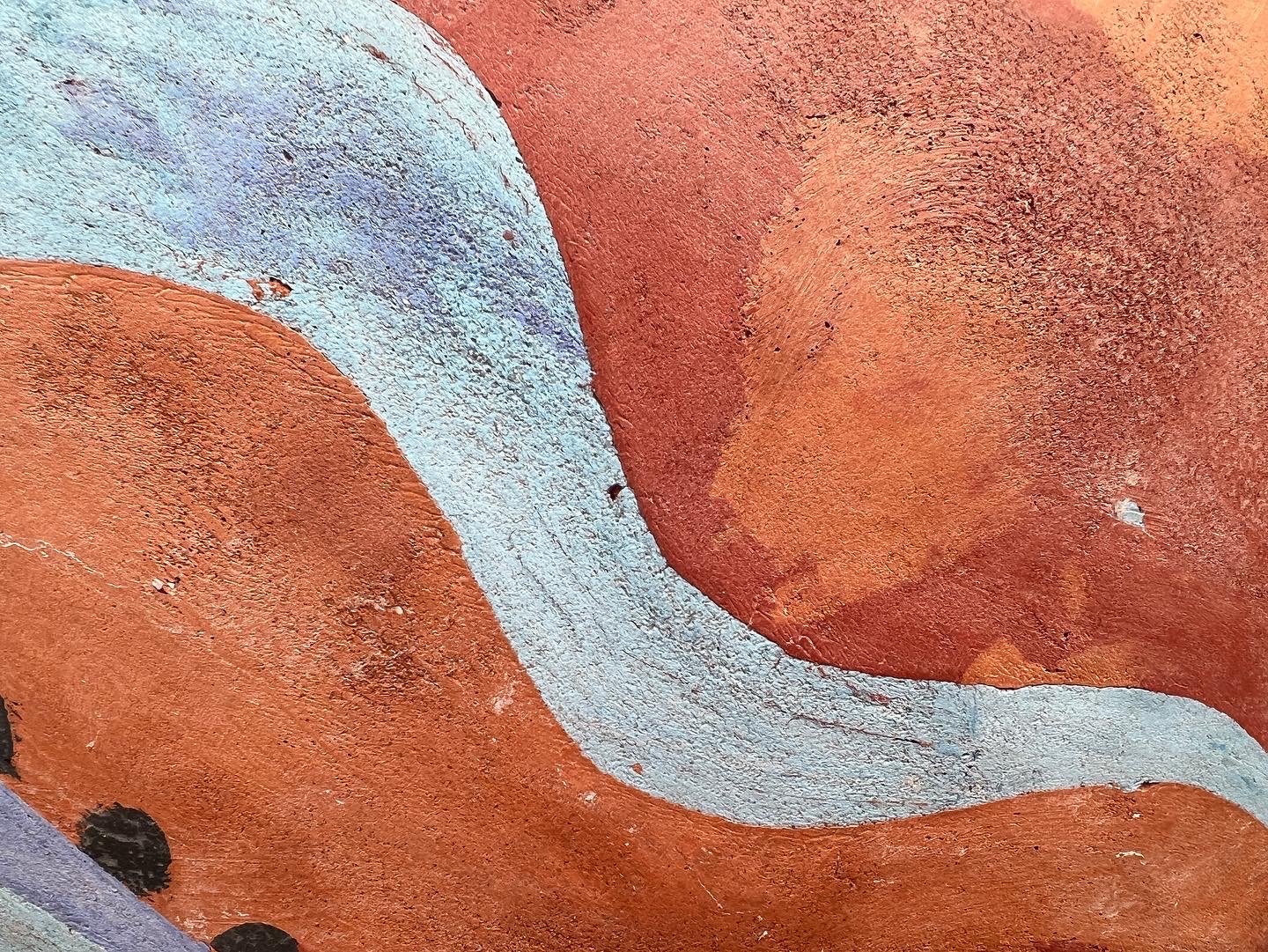

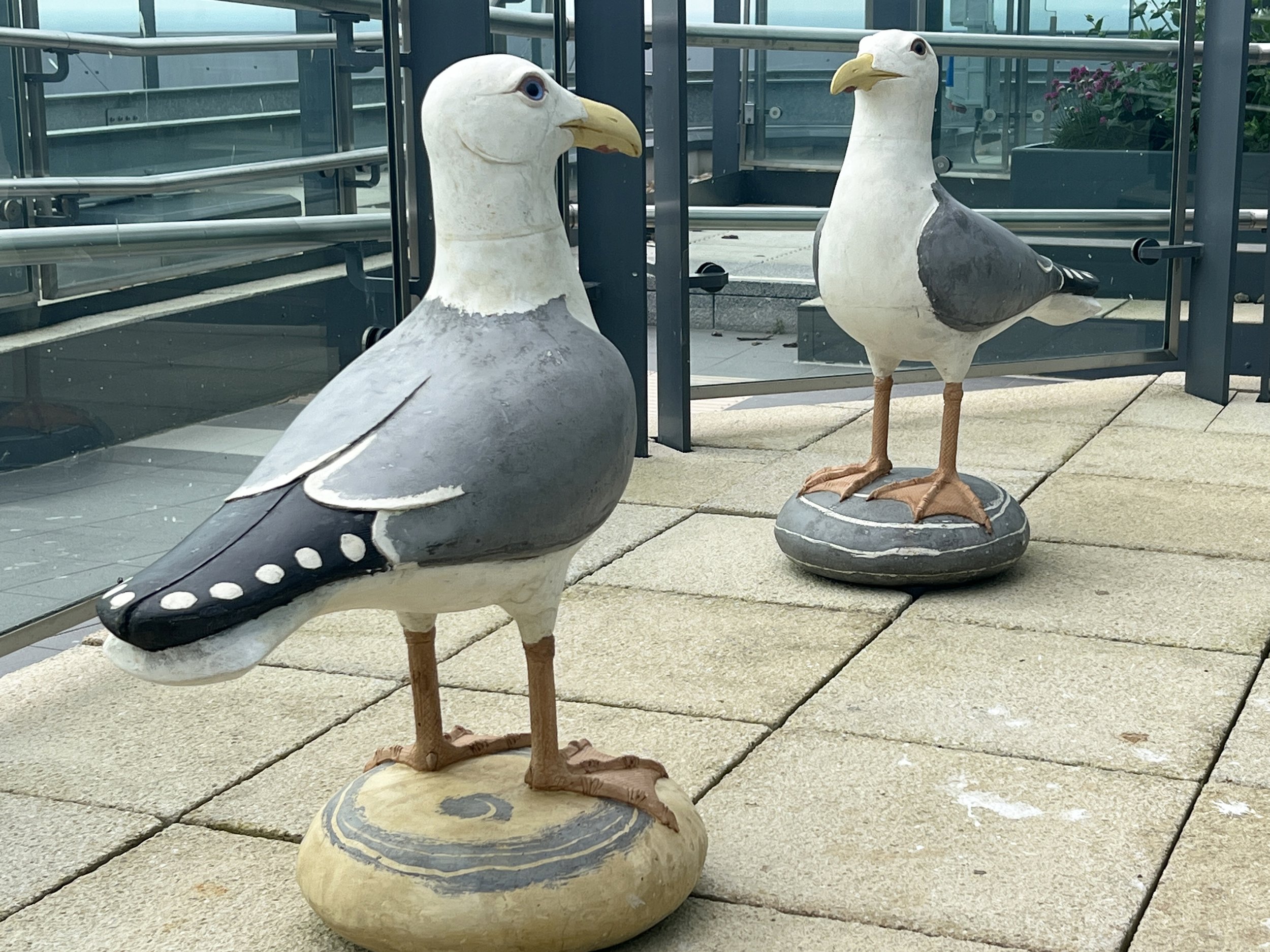
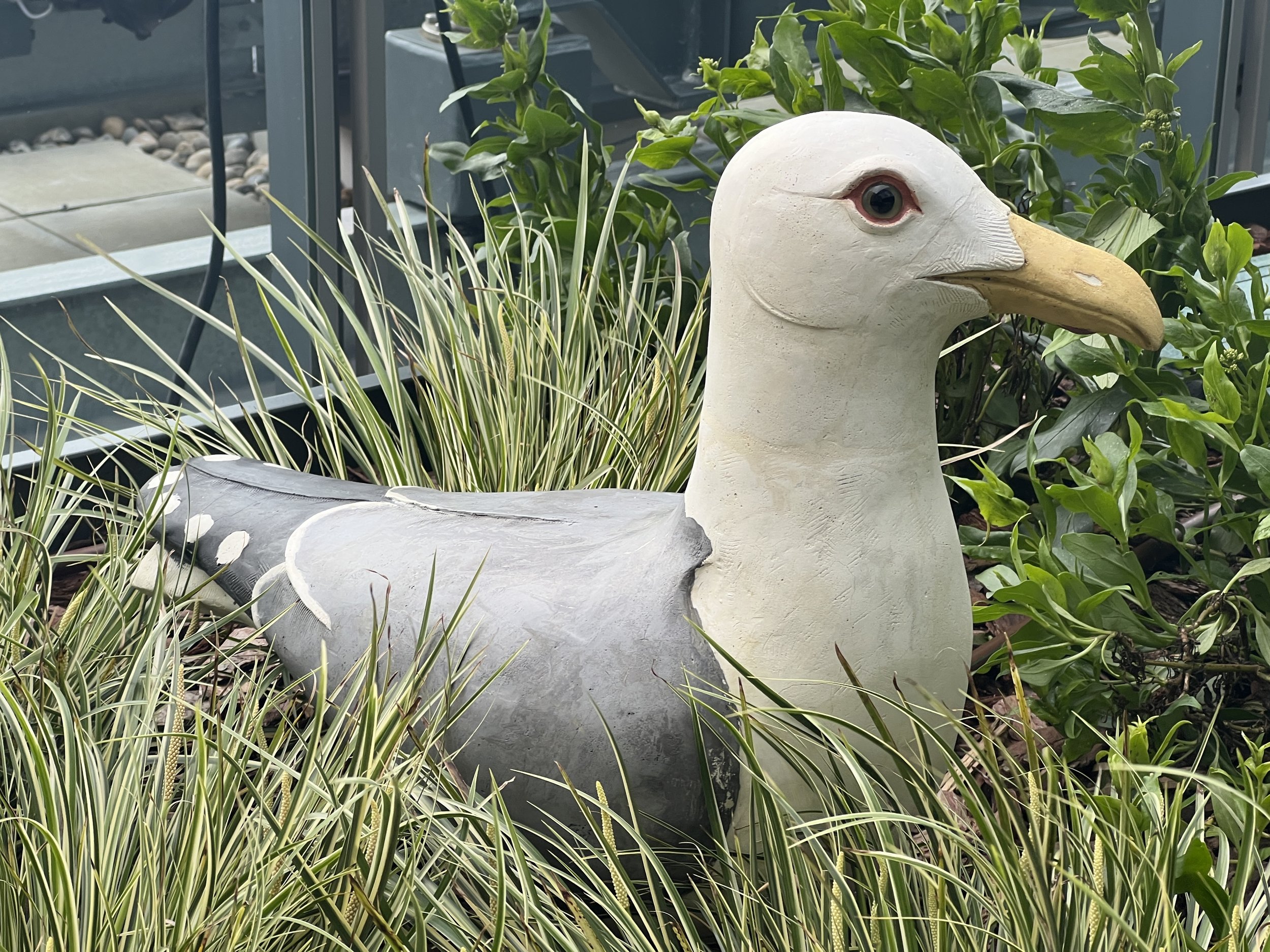
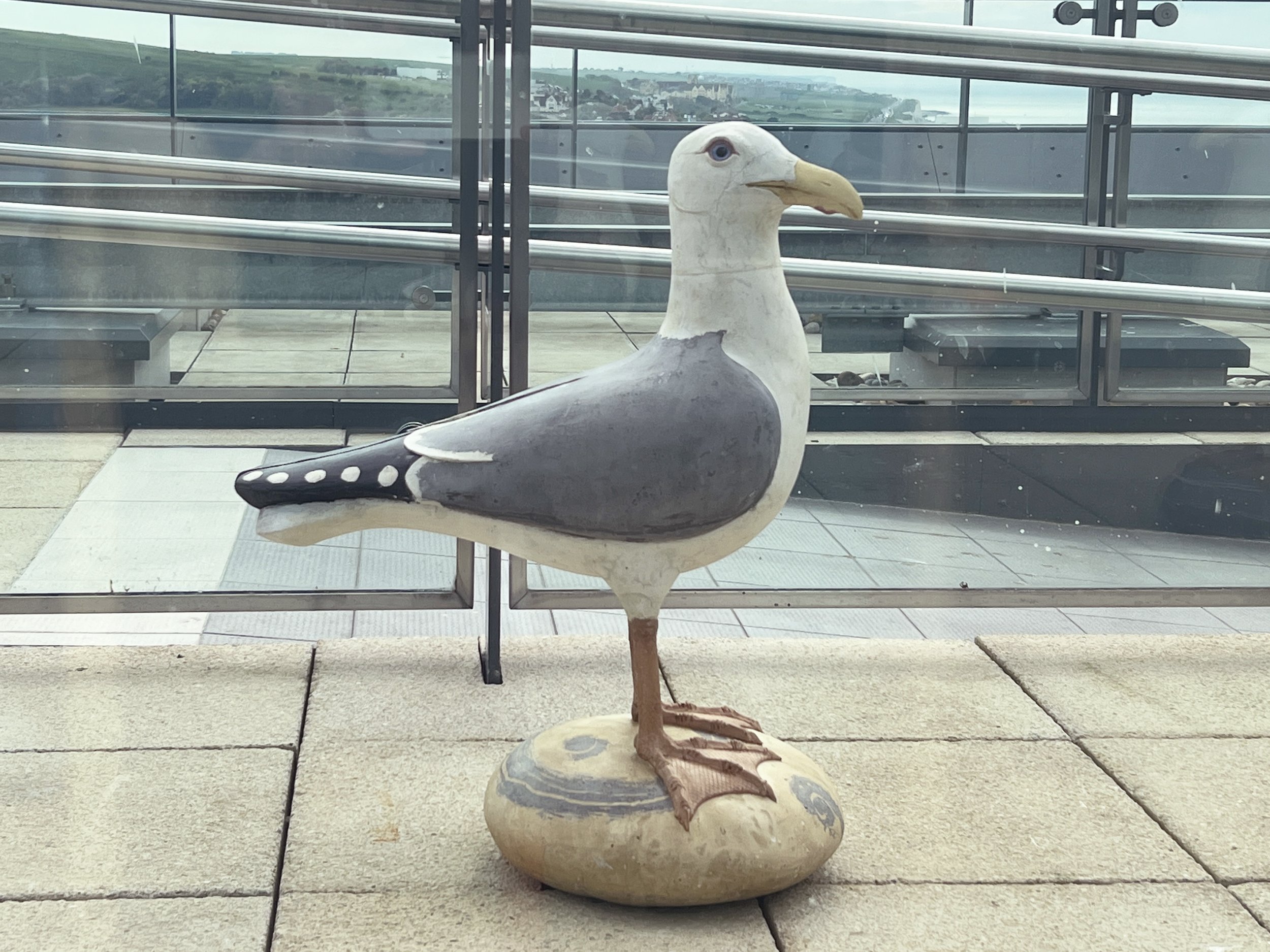
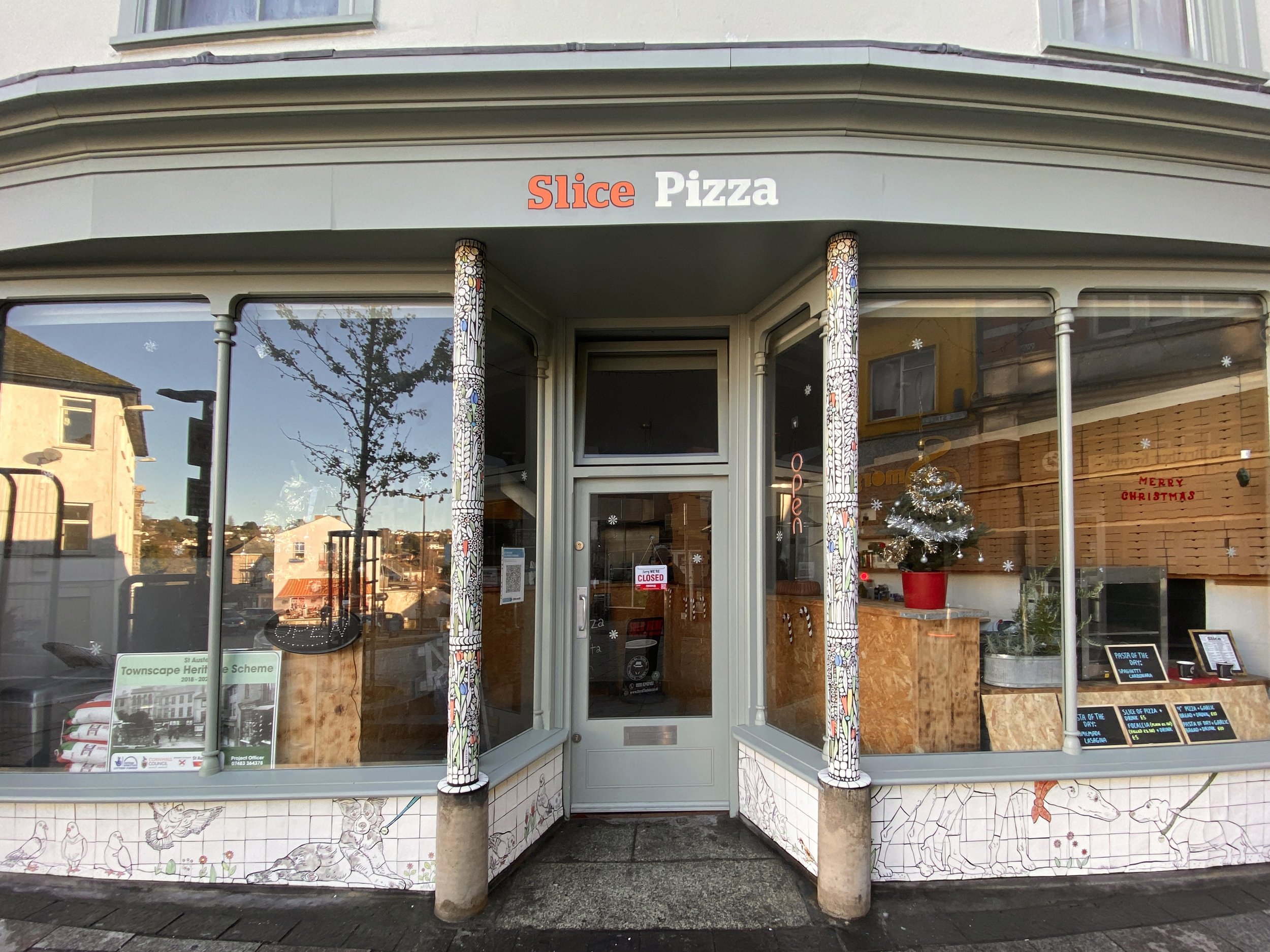









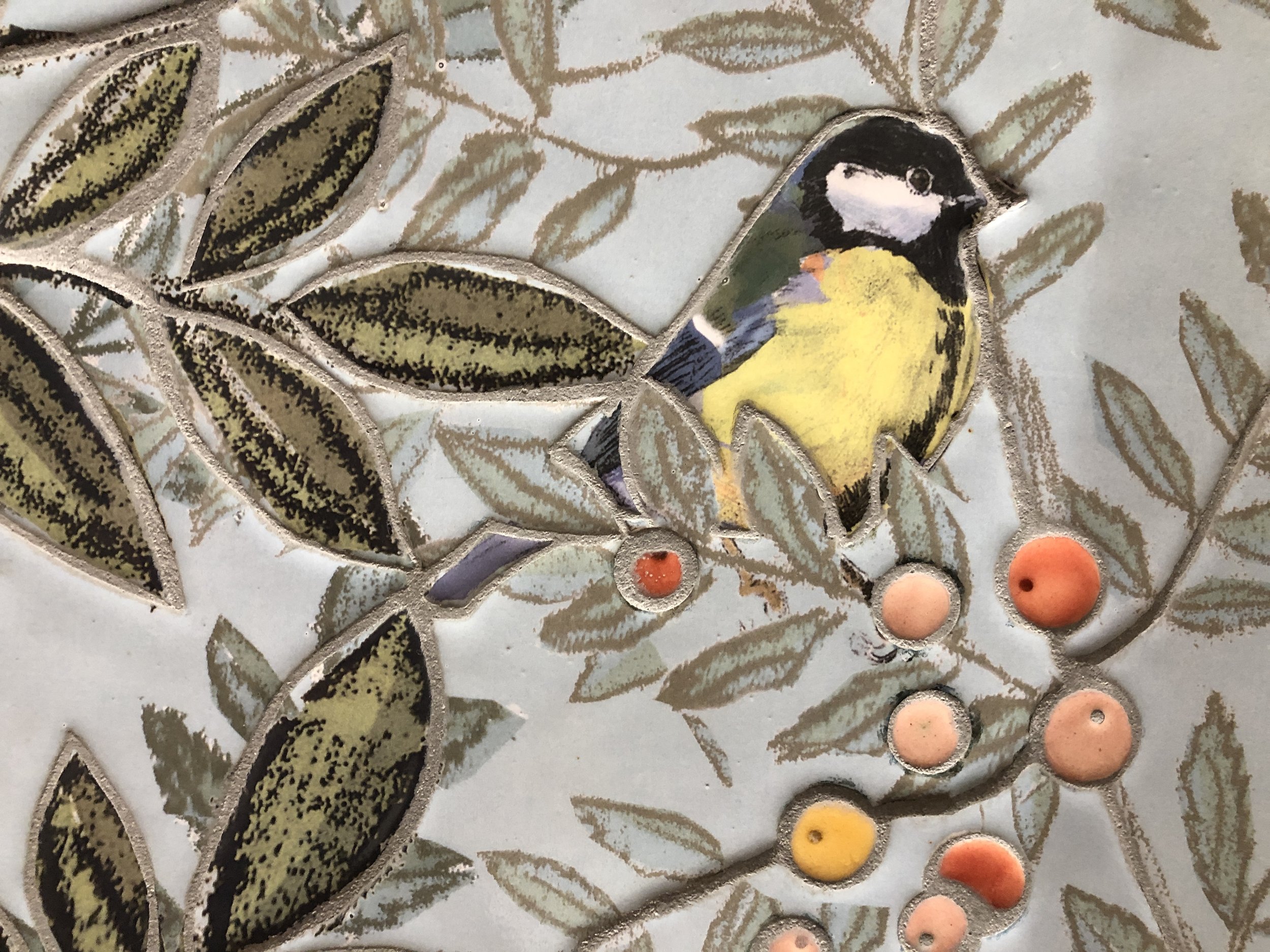







Smaller sculptural work
Many of my smaller pieces are figurative and relate to the animals live around us. Cats and dogs, for example, are our companions and members of our family. My ceramic pets are partly human, partly fantasy. My ceramic cats are generally pretty upbeat. They are independent and solitary, and possess a self-contained beauty. They wear a king of abstracted clothing, and add a decorative quality to our domestic environments. The inspiration for my cats came from the antique Wemyss Ware cats, on display at the Brighton Museum.
The ceramic dogs are more soulful. With dogs, there are so many breeds to choose from and they vary so greatly that a visitor from outer space would not be able to tell that they all belong to the same species. I chose French Bulldogs and Pugs because they are toy-like and their flat faces make them look particularly human. They are social animals like us, and probably see us as dogs in a similar way as we see them as humans. They are more realistic and wear human clothing. They are definitely male or female. Their eyes are human eyes.
My cats and dogs are meant to be sculptural companions, adding a lively element to a room, and putting a smile on our faces when we see them. They can be our pet where we cannot have pets – and they do not need feeding.
pottery and tiles
When time allows, I also make small pieces, often of a functional nature. I use this type of work to try out ideas, and to make things that are more affordable to buy.
Book ‘handmade tiles’, creative techniques
‘Handmade Tiles’ is a complete guide to tiles and the techniques involved in making them. It explains the full process from first design ideas through to installation so that all makers, whether from a ceramics background or not, can benefit from the detailed instruction. Supported by over 600 images, it gives practical advice and tips so that makers can work with confidence, and includes an inspiring range of finished examples so they can develop their own unique style. For artists and makers, tiles are a form of artistic expression. For architects and designers, they add texture, colour and pattern to spaces. For those new to ceramics, they are an opportunity to explore the key skills of decoration, glazing and modelling. Catering for all these readers, Marion Brandis has written a detailed guide to how tiles can be made and used most effectively, and how their full potential can be realised. She first explains how to get started with a specific project in mind. She then looks at different ways of decorating and making tiles, particularly focusing on the exciting possibilities of surface decoration using glazes and slips. She goes on to explore how to make tiles with relief work and three-dimensional forms, using modelling and moulds. Further chapters on tiles and print, installation, freeform tiling, the tile in context and working to commission complete this impressive guide.















